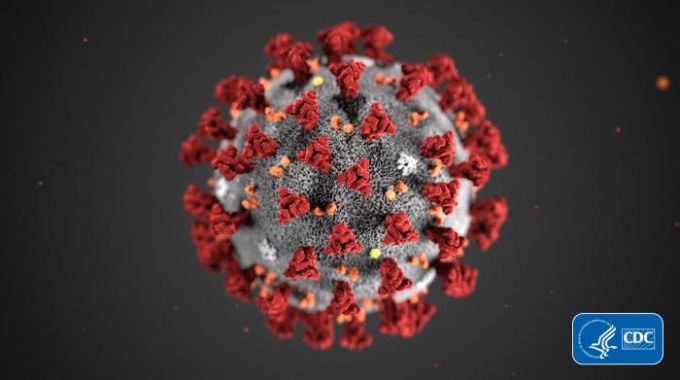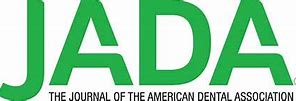As COVID cases surge across the country, California dental employers must continue to follow Cal/OSHA’s…
Employee Safety Important When Choosing Chemical Disinfectants – Infection Control
One factor commonly overlooked in choosing a surface disinfectant is the overall safety of the product to the environment and to staff members who are exposed to it daily over many years. Stronger, i.e. more toxic, disinfectants are not necessarily better. Stronger often means more hazardous to dental personnel. In some cases, the danger to staff members may be greater from the exposure to toxic disinfectants than any potentially infectious diseases.
CDC Report
Last month, in the April 22, 2016 edition of its Morbidity and Mortality Weekly Report (MMWR), the U.S. Centers or Disease Control and Prevention (CDC) reported on an investigation of potential employee exposure to a surface disinfectant causing respiratory symptoms and skin irritation among hospital workers. The disinfectant product contained the active ingredients hydrogen peroxide, peroxyacetic acid, and acetic acid.
Findings indicated that, although airborne exposure levels were within acceptable limits (dermal exposure was not assessed), employees began developing real symptoms when the surface disinfectant was brought into the hospital for use. The report went on to advise further investigation to better understand chemical exposures in healthcare settings. CDC concluded by recommending that healthcare management consider potential adverse health effects of occupational exposure to cleaning and disinfecting products when choosing such products and implement improved employee reporting of potential work-related symptoms.
In a Dental Office…
Many disinfectants contain organic solvents such as alcohols and/or phenols, which vaporize readily, greatly affecting indoor air quality for the users and patients. Most organic solvents are flammable, and thus cannot be discharged down the drain, but must be collected and disposed as hazardous waste.
Extreme pH is another potential hazard of liquid disinfectants. Many disinfectants are corrosive, having a low pH (0-3) or a high pH (11-14). Corrosive materials are more hazardous to personnel and equipment.
It is important for dental staff to select a disinfectant that provides the least hazardous side effects, yet is still efficacious for bloodborne pathogens of concern in a dental office.
Since 1992, OSHA Review, Inc. has provided dental professionals with comprehensive programs to support regulatory compliance and infection control. We are a registered dental continuing education provider in the state of California, specializing in Dental Practice Act, infection control, and OSHA training.
OSHA Review, Inc. provides the SUV Disinfectant & Cleaner in both concentrate and ready-to-use wipes. SUV Disinfectant and Cleaner meets OSHA and EPA regulations, and CDC recommendations. SUV is a hospital disinfectant proven effective against HIV, HBV and HCV.



